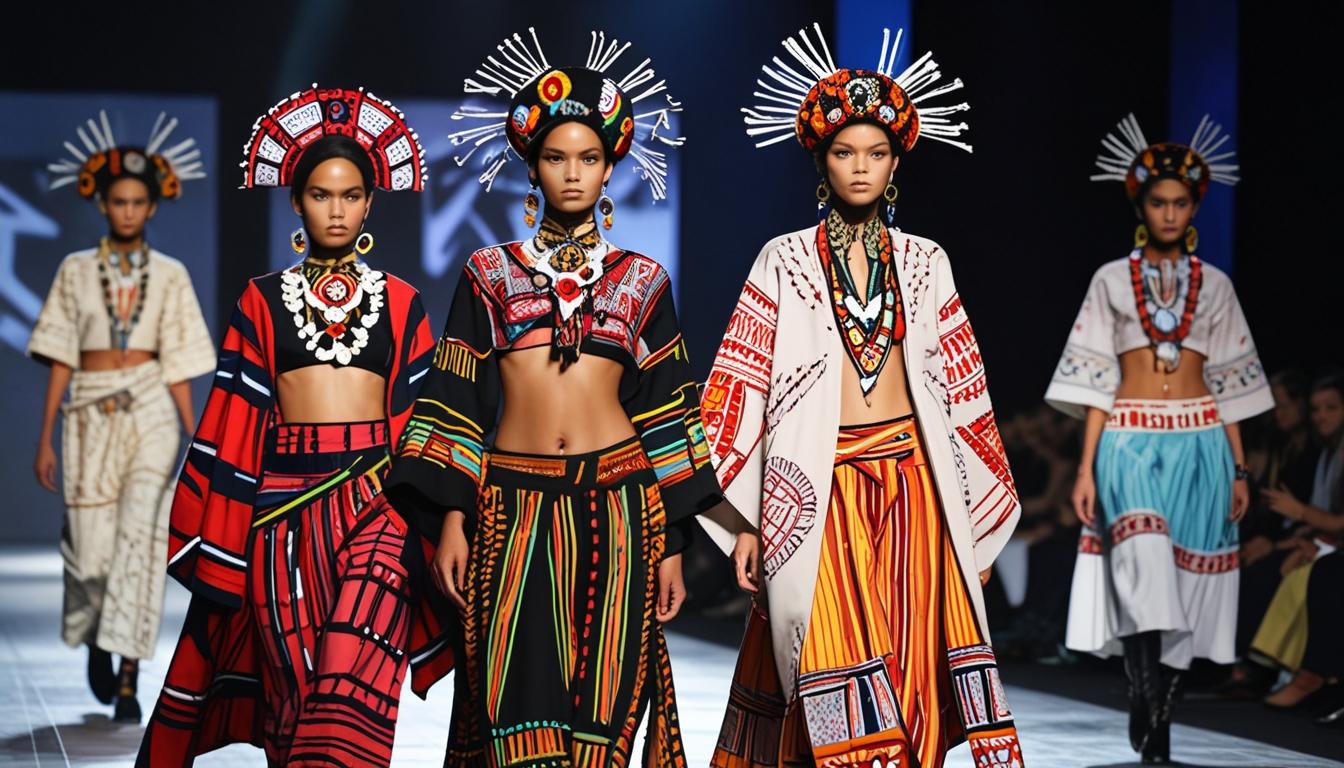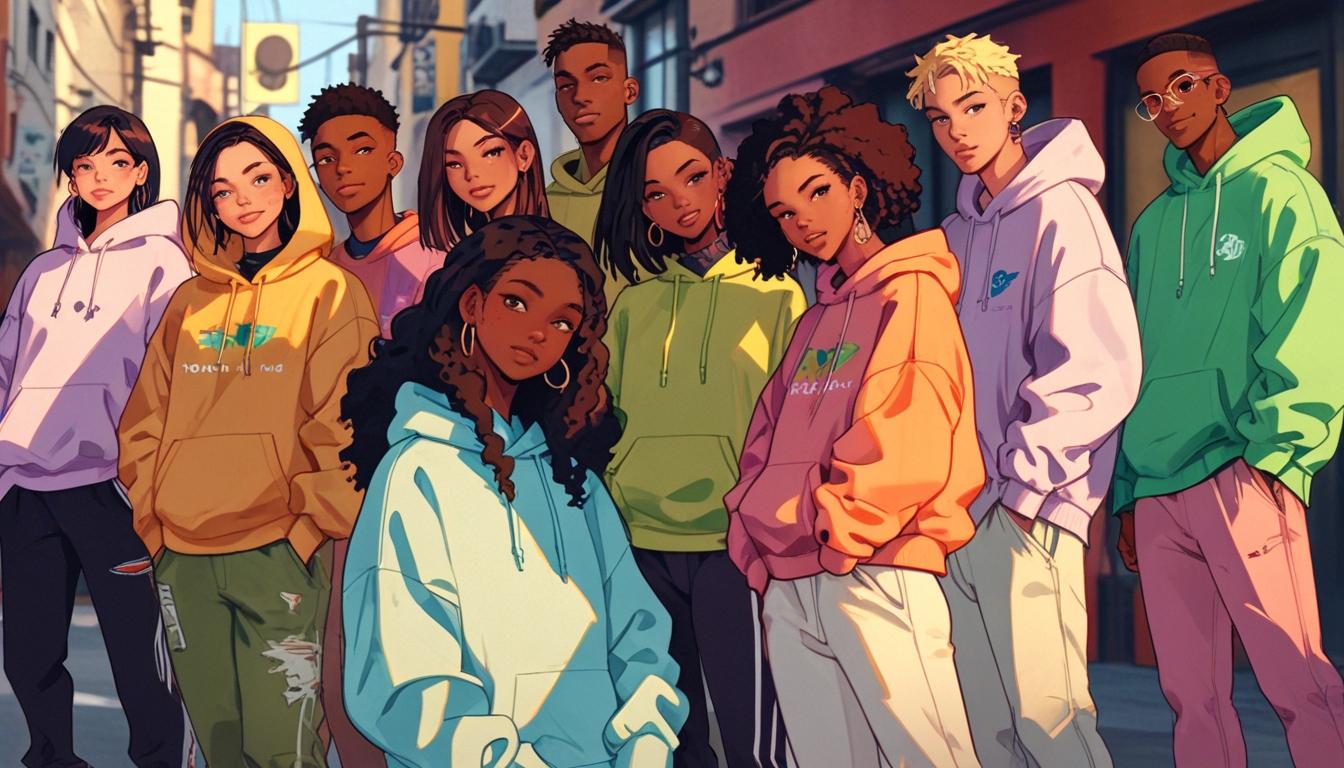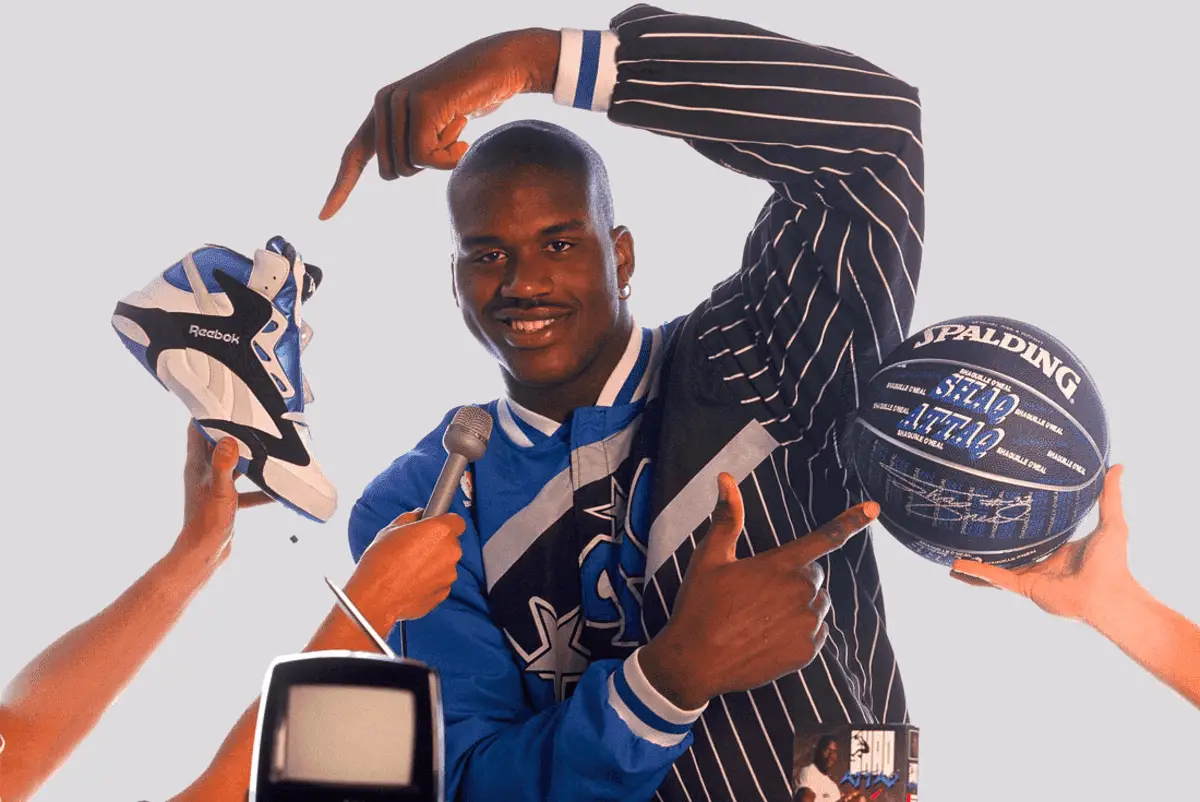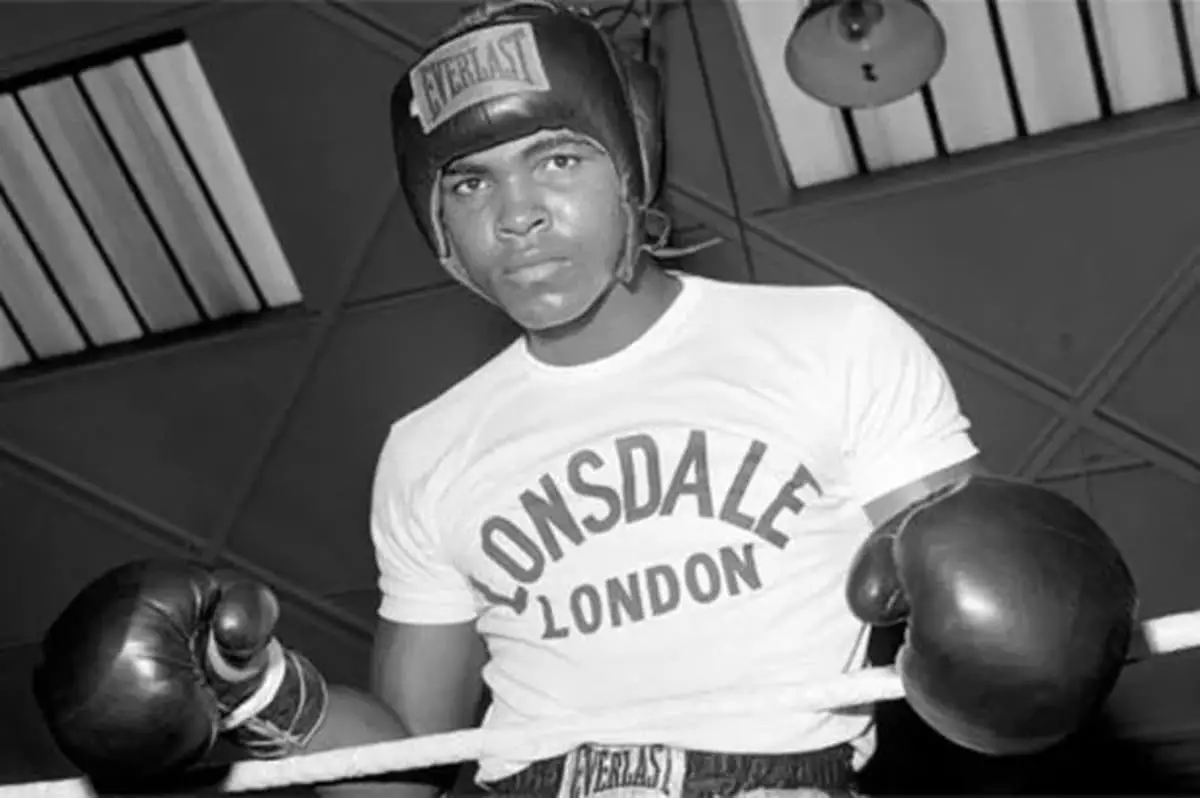The fashion industry witnesses a shift towards recognizing Indigenous artistry, marked by collaborations and a focus on sustainability, as designers take center stage.
Indigenous fashion is experiencing a transformative moment, shifting from cultural appropriation to cultural appreciation within the broader fashion industry. This change is marked by an increase in visibility and collaboration between Indigenous designers and established fashion brands, reflecting a growing recognition of Indigenous artistry and heritage.
The trend is supported by a robust growth in Native-owned businesses, which are outpacing non-Indigenous counterparts, aided by improved access to capital. The Native American Bank has reported issuing loans totaling $128 million, contributing to various projects approaching $250 million within Indian Country. As the global fashion market is projected to reach $1.18 trillion by 2029, Indigenous designers are at the forefront of reshaping discussions surrounding authenticity, sustainability, and cultural ownership.
One influential event showcasing this evolution was held over Indigenous Peoples’ Day Weekend in Los Angeles. The Indigenous Fashion Collective organized its inaugural gala, termed the “Indigenous Met Gala.” Co-chaired by model and activist Quannah Chasinghorse, who is of Hän Gwich’in and Si?angu/Oglala Lakota descent, and Black Eyed Peas rapper Taboo, who is of Shoshone, Hopi, and Mexican heritage, the gala highlighted prominent figures in luxury fashion.
The momentum for this movement continues to build, as illustrated by Native Max Magazine’s recent organization of the first Indigenous runway show at Denver International Airport. This groundbreaking event demonstrated the assertion that Native design belongs within all spaces, including major transit hubs.
The definition of Indigenous fashion encompasses elements deeply rooted in Native American culture, including artistry, craftsmanship, and storytelling traditions that have significantly influenced mainstream styles over time. While many fashion trends in today’s market have historical ties to Indigenous cultures, the conversation about whether these influences fall under cultural appreciation or cultural appropriation remains ongoing.
Collaborations between Indigenous designers and luxury brands exemplify this growing trend. In January, during Paris Fashion Week, Pharrell Williams debuted his second menswear collection for Louis Vuitton, featuring contributions from Native American artisans that showcased Indigenous stylings. This collaboration marked a pivotal moment for Williams, who previously faced backlash in 2014 for an incident involving the wearing of a headdress. His recent work reflects a conscious effort to engage directly with Indigenous communities in dialogue rather than appropriation.
Notably, Ralph Lauren’s inaugural Artist in Residence Program, featuring Diné (Navajo) designer Naomi Glasses, further demonstrates this collaboration trend. Glasses, a seventh-generation Navajo textile artist, has infused her collections with traditional symbols and practices, creating a strong resonance within the Native community. Three collections released to date have celebrated various aspects of Native culture through modern design.
The incorporation of traditional elements, sustainable practices, and political statements is evident within the growing Indigenous fashion landscape. Events at the Getty Center in Los Angeles celebrated Indigenous Futurism, with fashion curator Amber-Dawn Bear Robe highlighting the innovative fusion of Indigenous knowledge with contemporary design. The connection between fashion and activism is underscored by the efforts of individuals like D’Pharaoh Woon-A-Tai, who used his red carpet appearance at the Emmy Awards to draw attention to the Missing and Murdered Indigenous Women, Girls, and Two-Spirit Relatives (MMIWG2S+) crisis.
Sustainability remains a central tenet of Indigenous fashion, with many designers and brands adopting practices rooted in the principle of “The Seventh Generation,” derived from Haudenosaunee philosophy. This ethos aligns with a contemporary demand for environmentally responsible practices within the fashion industry. For instance, Nike’s N7 collection supports Indigenous youth programming while emphasizing sustainable materials. Likewise, beauty brands like Cheekbone Beauty have embraced eco-ethical practices, prioritizing sustainability in product development.
Traditional crafts, such as beadwork, have found their place in modern fashion as well. Collaborations, such as those between Afro-Indigenous artist Mikailah Thompson and Métis brand Manitobah Mukluks, exemplify the blending of traditional craftsmanship with contemporary design. Other brands, like Thunder Voice Hat Co., transform reclaimed materials into unique pieces that fuse Indigenous heritage with modern aesthetics.
As the fashion dialogue surrounding Indigenous culture evolves, companies like Pendleton have adapted by expanding their partnerships, creating new designs that honor traditional motifs while appealing to contemporary consumers. The significance of Pendleton textiles resonates beyond mere fashion, bridging generations and serving as cultural heirlooms among Native families.
Indigenous fashion is taking center stage as an expression of identity and cultural pride, moving beyond the confines of traditional ceremonial attire. As the narrative shifts towards cultural appreciation, supporting Indigenous designers is critical in recognizing their contributions to the fashion landscape while emphasizing the importance of authenticity and heritage in what we wear.
Source: Noah Wire Services





It’s great to see the conversation around Indigenous fashion include the financial side of things—access to capital is such a crucial but often overlooked part of sustainable growth. The $128 million in loans from the Native American Bank is a clear signal that economic empowerment is catching up with cultural recognition.
I love how this post highlights the growth of Native-owned businesses in fashion. It’s not just about recognition anymore; it’s about giving these businesses the resources they need to thrive. The future of fashion looks so much more inclusive now.
woh I am pleased to find this website through google.